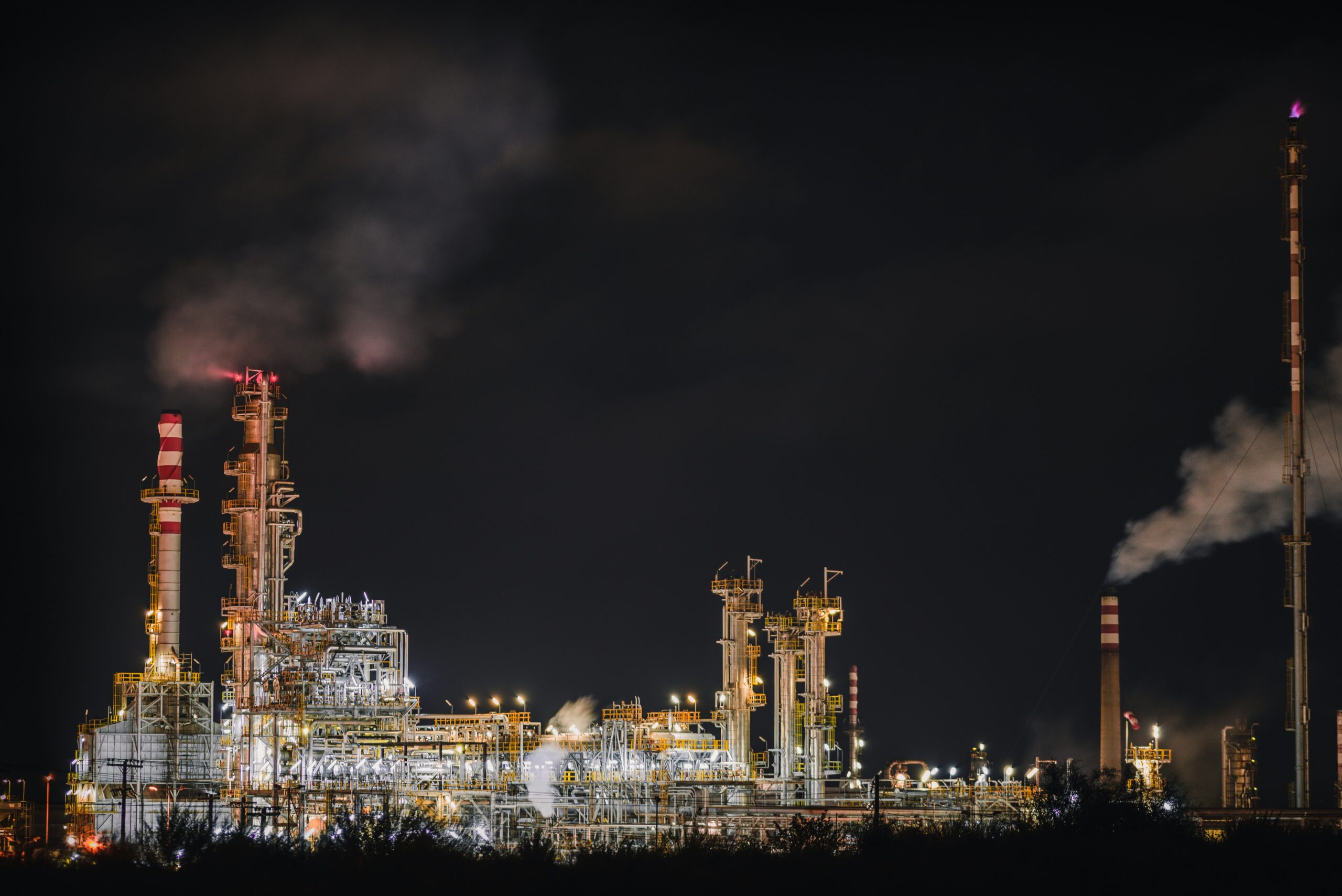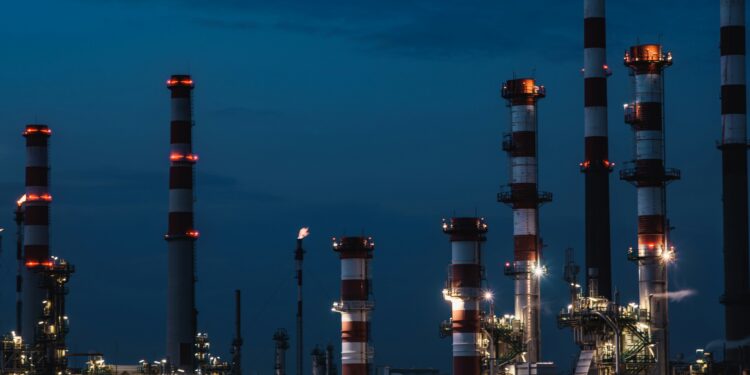A massive fireball had ripped through Chevron’s El Segundo refinery on Thursday night—an inferno so violent it had residents “stunned by the noise of the explosion”. While we breathe a collective sigh of relief that there were no injuries and Mayor Karen Bass assured the public of “no known impact to LAX at this time,” this incident is considered as a near-miss that exposed a dangerous dependency.
The fire’s origin in the Isomax 7 unit, which is specifically designed to convert fuel into jet fuel, is the critical point of failure. This one refinery is a colossal energy anchor, single-handedly providing 40% of all jet fuel and 20% of the gasoline for Southern California.

LAX, the region’s economic gateway, sits immediately north of this facility, its operation tethered to a handful of processing units. The fact that an isolated fire in one unit can immediately raise existential questions for one of the world’s busiest airports—even while the blaze continued to burn after midnight—is a governance failure waiting to happen.
The wider oil market may shrug this off, but California’s uniquely isolated fuel ecosystem means local gasoline prices could surge, punishing consumers for an accident outside their control. The emergency flaring, captured on video turning the sky orange, was a desperate safety measure by a system under stress.
This event serves as a latent reminder that relying on a concentrated hub for a critical resource like LAX jet fuel supply means an accident in El Segundo is an economic threat to the entire Southern California economy. We can’t simply rely on the quick work of firefighters; we need a strategic plan to de-risk our energy future.

















